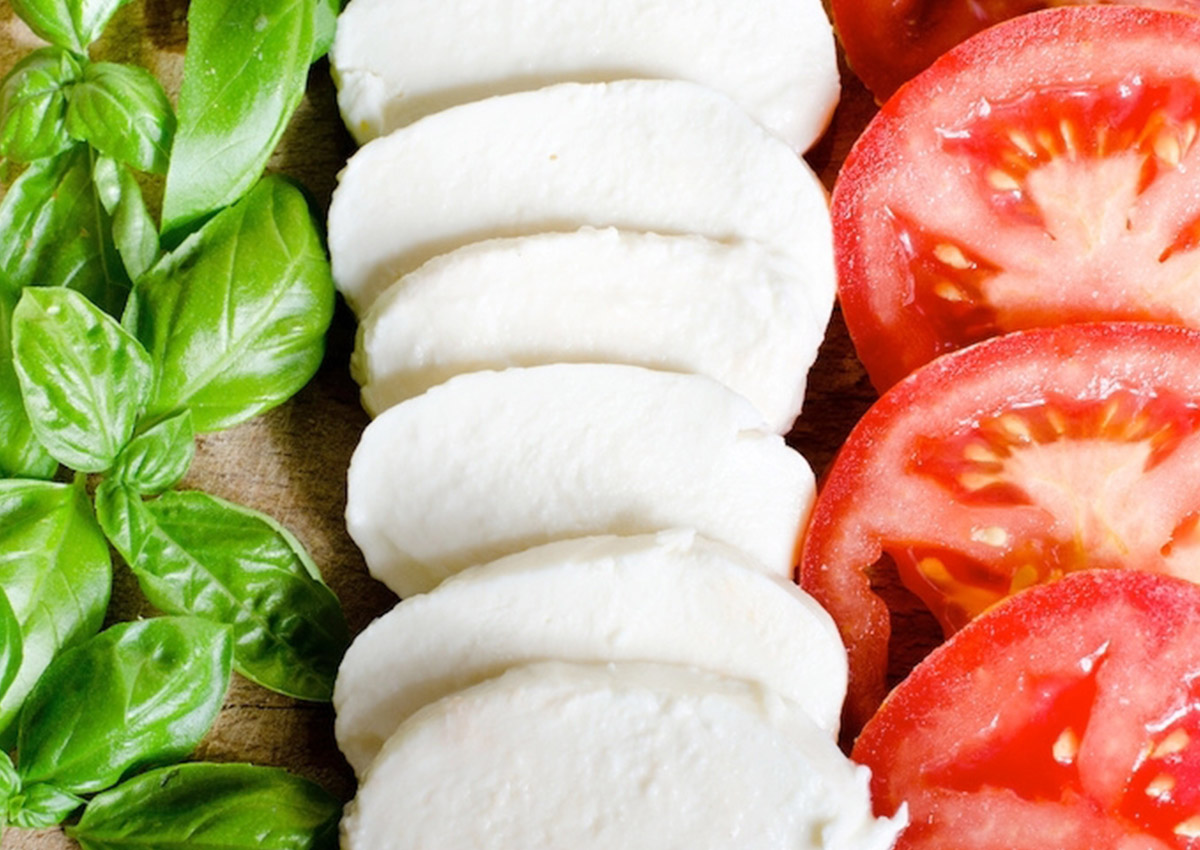“Made in Italy”, “product of Italy”, “only Italian ingredients” and so on… Also, and above all, in food, reference to Italy is still a value to aim for. It is not only a patriotic suggestion. The unconditional triumph of Italian products on the labels of large retailers shelves is confirmed by the latest survey of Osservatorio Immagino, which focuses on the impact of certain claims on food packaging. The 2017 figures speak for themselves: 6.3 billion euro is the total the sell-out of references presented as Italian.
ALL THE GOOD OF MADE IN ITALY
Last year, considering 15,362 products that refer to Italy on the label (approximately 25.4% of 60,600 analyzed products), sales grew by +4.5% (approximately 274 million). Practically twice as high as the +2.3% recorded in 2016. Therefore, on average, one in four food products is labelled with a reference to Made in Italy, which can also be a flag or a geographical indication recognised by the EU (PGI, PDO, DOC, etc.).
LABELS’ CATCHPHRASES
What are the most used – and successful – claims? In third place on the podium we can find the “100% Italian” words (5.2% of products, cheeses in first place, 7.4% of sales by value), in second place there is “Product in Italy” (11.5% of products, 6.9% of sales by value) while first comes the use of the Italian flag (14.3% of products, 13.8% of sales by value).
ITALIAN REGIONS ON THE LABEL
Another interesting aspect of the survey concerns Italian regions mentioned on the label. Almost 2,000 products explain, in fact, their area of origin with reference to seven regions mainly: Trentino-Alto Adige (leading with 672 products), Piedmont, Tuscany, Sicily, Lombardy, Apulia, and Campania.

